Dr. Rob Gendler - Astrophotographer Profile
May 25, 2016Discuss this article in the forumsSince taking up astrophotography in 1996, Rob Gendler has taken images that have been published regularly in Sky & Telescope, NASA's APOD, and Astronomy magazine. In 2005, Astronomy named Gendler's mosaic of the Andromeda Galaxy (M31) as one of "the most beautiful astronomical images of the past thirty years." In 2007 he was awarded the "Hubble Prize" at the annual Advanced Imaging Conference in San Jose California, and the Santa Barbara Instrument Group (SBIG) awarded him its Award of Excellence for astronomical imaging. Gendler was also featured in Timothy Ferris' PBS documentary Seeing in the Dark.
In 2007, his image of IC405, the Flaming Star Nebula, was included in one of six Royal Mail commemorative stamps. In 2011, his image of the Pleiades appeared in a German Postal series "For the Youth".
Gendler currently creates unique composite images using data from space and ground-based professional and amateur imaging systems. His reputation for image processing led to two NASA Hubble Space Telescope collaborations in which he produced images of the galaxy M106 and an image of the Andromeda Galaxy that ranked as the largest-ever image created using data from Hubble.
When not creating astroimages, Rob works as an interventional radiologist in Connecticut. He is the author or co-author of following five books:
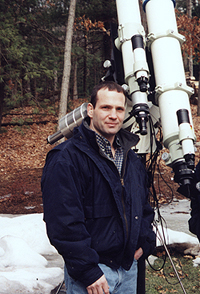 Fig. 1: Rob Gendler1. What inspired you to become an astrophotographer, and how long have you been taking astrophotos?
Fig. 1: Rob Gendler1. What inspired you to become an astrophotographer, and how long have you been taking astrophotos?My interest in astronomy dates back to my childhood when I made many visits to the Hayden Planetarium in New York City. However, I didn't get a telescope until I moved to the darker skies of Connecticut in 1993. I took a course in astronomy at the local college, learned the sky with a pair of binoculars, and took up visual astronomy with a 10” Dobsonian. But I yearned to take images like the kind I saw from the big observatories. I got a 10” Schmidt-Cassegrain and a CCD camera in 1996 and started from there. As my skill improved, I moved to apochromatic refractors and Ritchey-Chretien scopes.
2. How did you first learn astrophotography? Are you self taught or did you have a teacher?I would have to say I was self taught in the sense that in the mid-1990s, when I started, there were no books or tutorials. There were only a couple hundred people doing astrophotography on an amateur level and we communicated with each other on a few online forums. I learned mostly through trial and error and by comparing results and techniques on those online forums. My imaging style evolved in part from studying both film and CCD images taken by many of the great imagers practicing today and in past decades. I was particularly inspired by the great professional astrophotographer David Malin and by amateurs such as Bill McLaughlin, Al Kelly, Adrian Catterall, and Stan Moore who demonstrated to me that the CCD along with digital enhancement techniques could be used to produce images rivaling film in aesthetic quality but with superior resolution and contrast.
3. Where do you do most of your imaging?For the first ten years I imaged from my driveway in central Connecticut using a portable setup. I would set up my equipment and image on every clear night, whether during the week or on the weekend. It was a bit crazy. I would image all night and then go to work the next day. It was exhausting but also exhilarating at the same time. After 2005 I began remote imaging. I set up remote observatories first in New Mexico and later in Western Australia where I imaged the southern skies for the first time. Many of my images in my third book Treasures of the Southern Sky were imaged during that period.
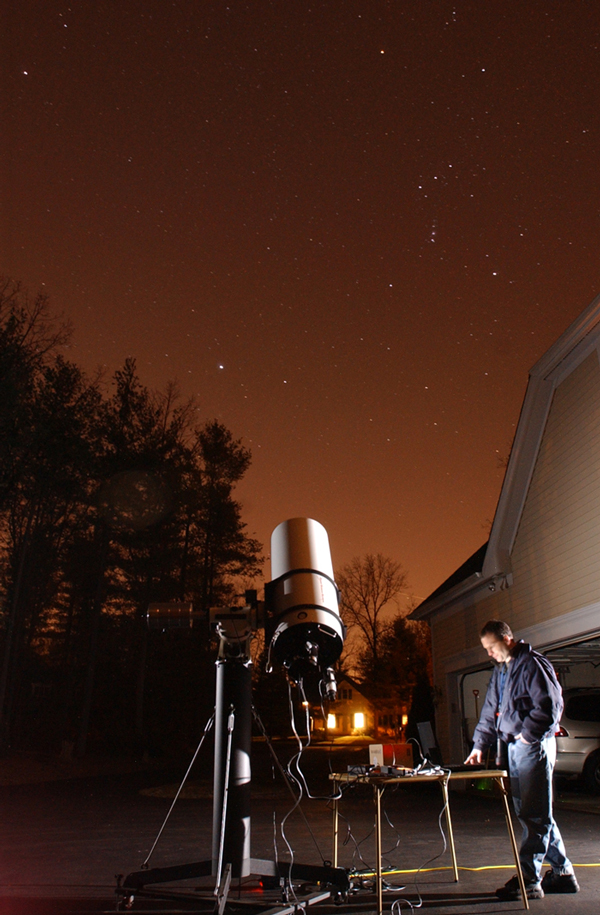 Fig. 2: Gendler at his home 'observatory'. He now creates images taken from data from remote ground-based and space-based telescopes including the Hubble Space Telescope.4. What's your current equipment set-up (cameras, telescopes, and mounts)? Why did you choose this set of equipment?
Fig. 2: Gendler at his home 'observatory'. He now creates images taken from data from remote ground-based and space-based telescopes including the Hubble Space Telescope.4. What's your current equipment set-up (cameras, telescopes, and mounts)? Why did you choose this set of equipment?In 2012 I sold all my equipment and entered the latest phase of my astrophotography career. I now create unique composite images from multiple data sources including space and ground-based professional and amateur imaging systems. My reputation for image processing led to two NASA Hubble Space Telescope collaborations. In 2013, I made the official Hubble image of the galaxy M106. And I created the largest-ever Hubble image, that of the Andromeda galaxy (M31) using data from PHAT (Panchromatic Hubble Andromeda Treasury).
5. What's your favorite type of object to image?Probably M31 (the Andromeda Galaxy). Here's one of many images I've made over the years.
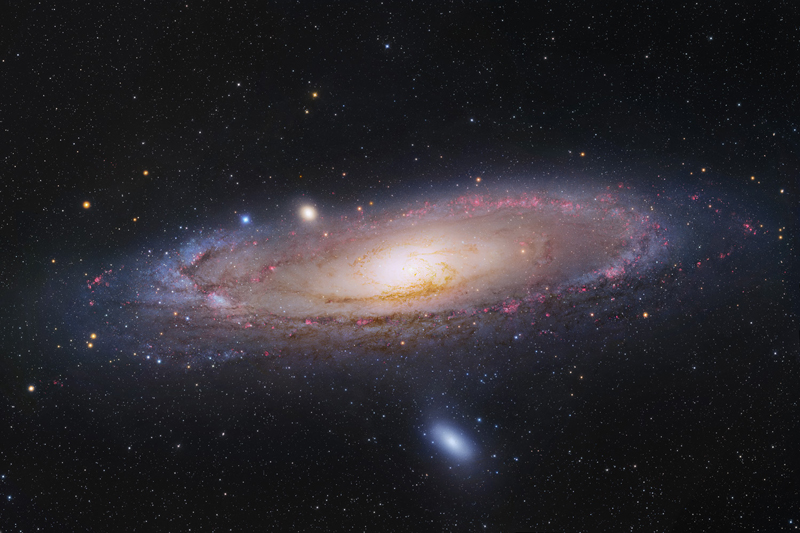 Fig. 3: An image of M31 processed by Rob Gendler. It includes data from large ground-based telescopes and the Hubble Space Telescope.
Fig. 3: An image of M31 processed by Rob Gendler. It includes data from large ground-based telescopes and the Hubble Space Telescope.Here's a link to the web-friendly versions of a large mosaic of M31 made from more than 9 GB of data. http://www.robgendlerastropics.com/M31-PHAT-Mosaic-Subaru-DSS-NOAO.html
6. What sights in the night sky do you still want to image, but haven't yet?There are many projects that are on my short list. Mostly these are objects for which Hubble and professional ground based data exists but no image has yet been made.
7. How would you describe your style of astrophotography and processing?Earlier in my career I did some pioneering work on large mosaics, hydrogen-alpha color composites and hybrid images. I now have a special niche in astrophotography which is creating unique composite images from space and ground-based data. Often these images have never been made before and reveal structures and colors that are surprisingly revealing and refreshing. I am one of only a few people doing this type of image processing in the world. My earlier background in creating hybrid images (images made from disparate focal length systems) gave me the skills which have allowed me to go forward into this new phase of astrophotography.
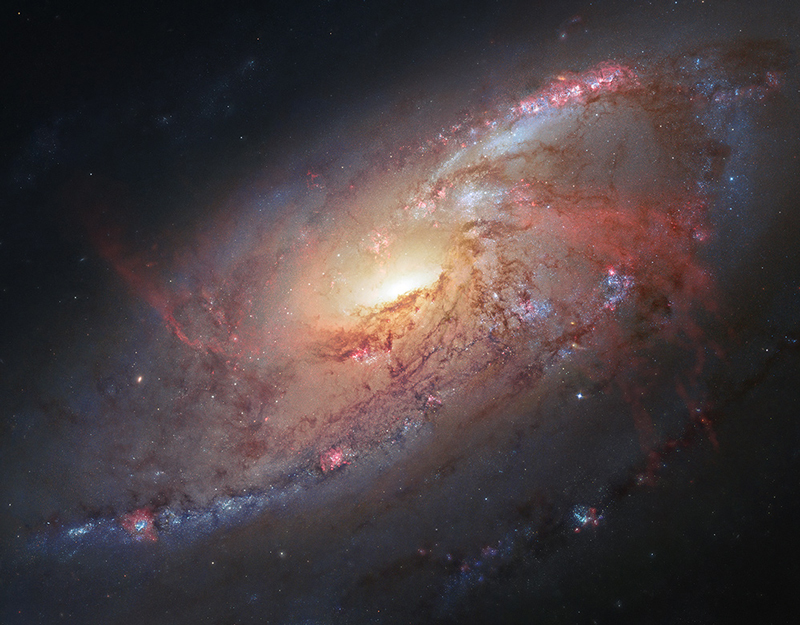 Fig. 4: Gendler combined data from the Hubble Space Telescope archive and combined it with his own ground-based observations to assemble this photo illustration of the spiral galaxy M106. See the more detailed versions of the image at this link: http://hubblesite.org/newscenter/archive/releases/2013/068. You've been doing this a long time. What motivates you to continue in this challenging field?
Fig. 4: Gendler combined data from the Hubble Space Telescope archive and combined it with his own ground-based observations to assemble this photo illustration of the spiral galaxy M106. See the more detailed versions of the image at this link: http://hubblesite.org/newscenter/archive/releases/2013/068. You've been doing this a long time. What motivates you to continue in this challenging field?Although I no longer stay out all night imaging, I do currently create complex images from multiple data sources. I continue to release new images at a fairly good clip. I think what motivates me is "fun" first of all. It's an incredible blast making images of the universe and watching the details and colors unfold as the image gets assembled and processed on the computer screen. Each new image brings a fresh sense of discovery-- almost as if it's the first image I ever made-- all over again.
9. Can you share one of your best ever imaging results?This is the page that has my best work. Newest images are added to the bottom of the page. http://www.robgendlerastropics.com/Whatsnew.html
10. What's your opinion about remote imaging with robotic telescopes? Is that the way of the future?I think so. Light pollution has made quality imaging almost impossible from typical home observatories and suburban locations. Remote imaging requires a steeper financial investment but offers the opportunity to image under very dark skies. Darker skies translate to higher quality color and detail in astronomical images.
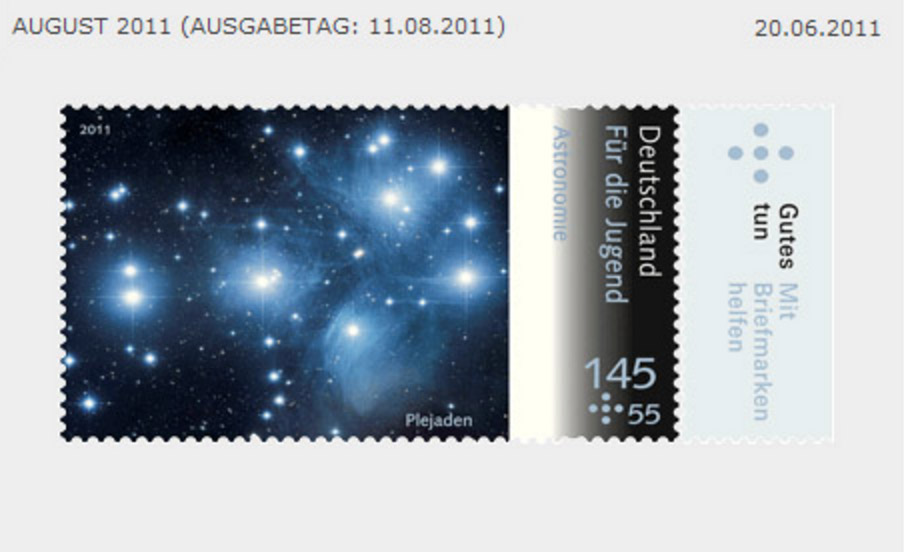 Fig. 5: Gendler's image of the Pleiades was used on a German stamp issue in 2011.11. What do you wish you knew when you got started?
Fig. 5: Gendler's image of the Pleiades was used on a German stamp issue in 2011.11. What do you wish you knew when you got started?I learned everything the hard way....by making mistakes. I try to share whatever I learned through the years so others don't necessarily have to make the same mistakes.
12. Do you have advice for beginning imagers?Don't give up. All of us started knowing nothing and had to climb the same learning curve. Be sure to view as many images by other people as you can. Only in that way can you understand what elements are inspiring in an astroimage. Then you can ultimately develop your own style and find your own way in astrophotography. I discuss this in the introduction of my fourth book Lessons from the Masters.
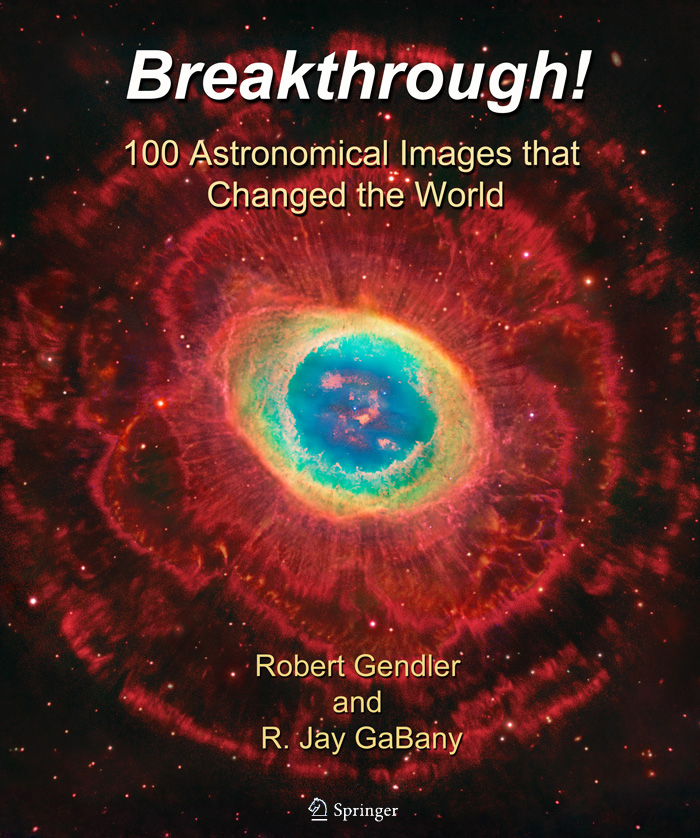 Fig. 6: Breakthrough! 100 Astronomical Images that Changed the World by Rob Gendler and R. Jay GaBany.13. What else occupies your time besides astronomy?
Fig. 6: Breakthrough! 100 Astronomical Images that Changed the World by Rob Gendler and R. Jay GaBany.13. What else occupies your time besides astronomy?I'm a fulltime physician specializing in interventional radiology. So you can say I work with image data both night and day and both professionally and in my avocation.
14. You've published four books, and now you have a fifth book that came out in 2015 called “Breakthrough: 100 Astronomical Images That Changed the World”. What's it all about?Breakthrough!: 100 Astronomical Images That Changed the World unveils the science and history behind 100 of the most significant astronomical images of all time. In this book, I and my co-author Jay GaBany have carefully selected a list of images from across time and technologies to bring to the reader the most relevant photographic images spanning all eras of astronomical imaging. You can read more about the book at this link: http://www.robgendlerastropics.com/Breakthrough-Cover.html
15. Where can we learn more about you and see more of your work?My website is: http://www.robgendlerastropics.com
***
This article is © AstronomyConnect 2016. All rights reserved. Images © Rob Gendler 2016. All rights reserved.
-
Final Announcement: We're Saying Goodbye to AstronomyConnect. Read Our Closing Notice.
Dismiss Notice
New Cookie Policy
On May 24, 2018, we published revised versions of our Terms and Rules and Cookie Policy. Your use of AstronomyConnect.com’s services is subject to these revised terms.

